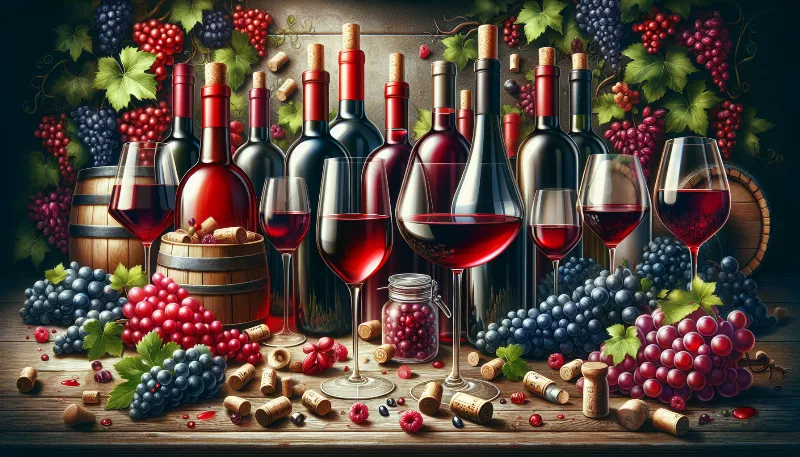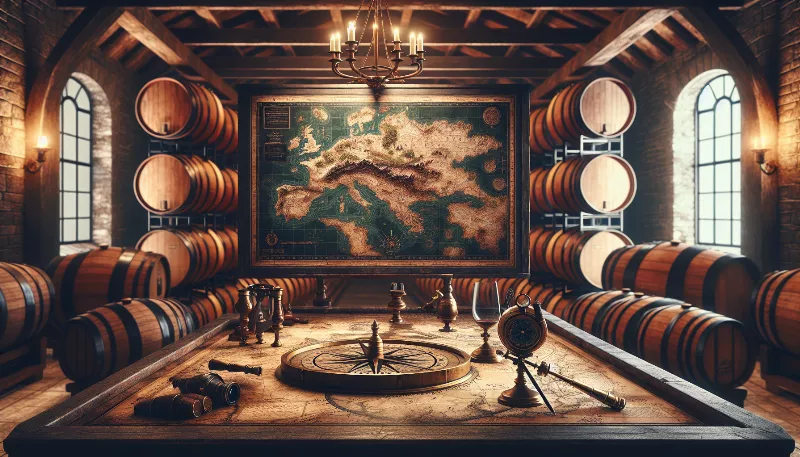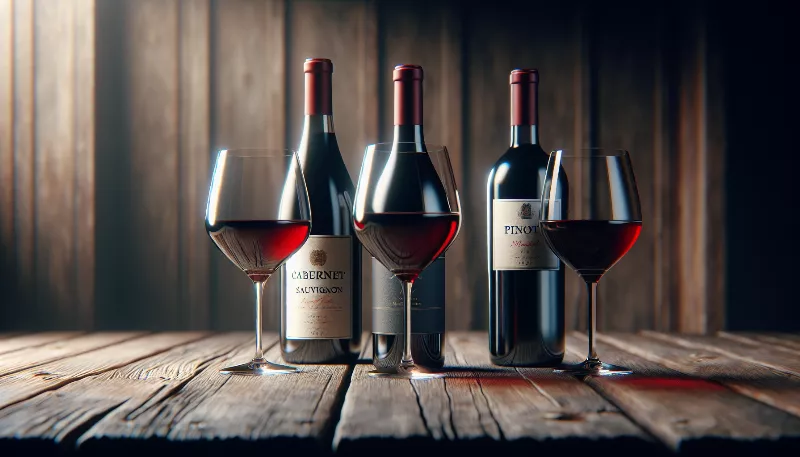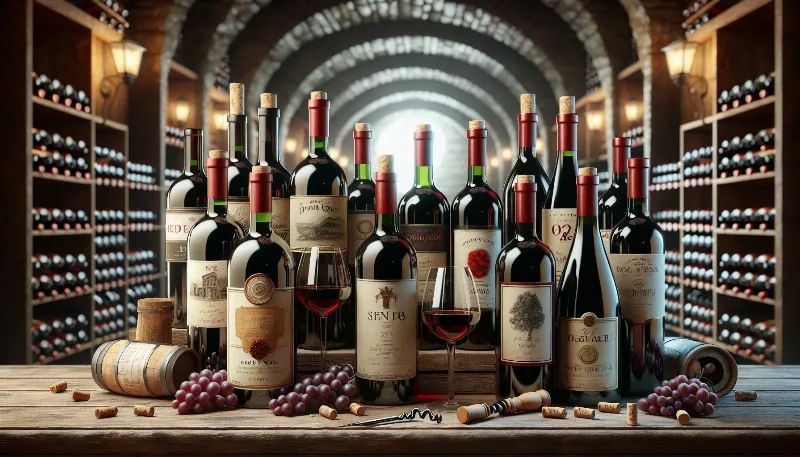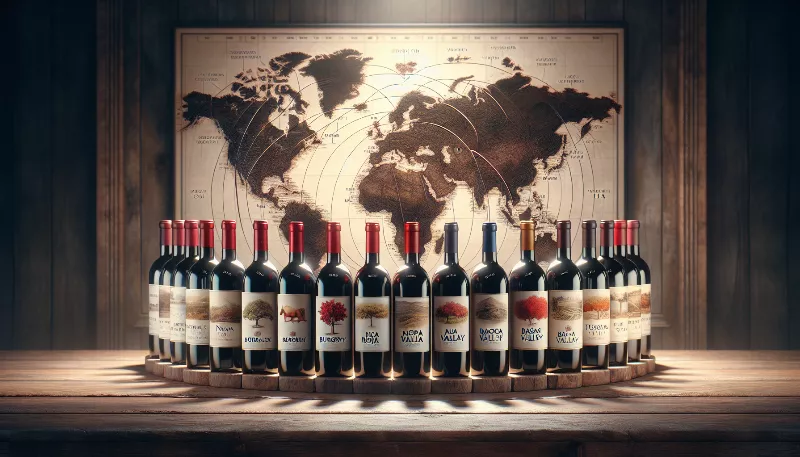What are some common red wine tasting terms and what do they mean?
Uncork the secrets of red wine lingo! Learn the meaning behind terms like tannins, body, and finish to enhance your tasting experience.
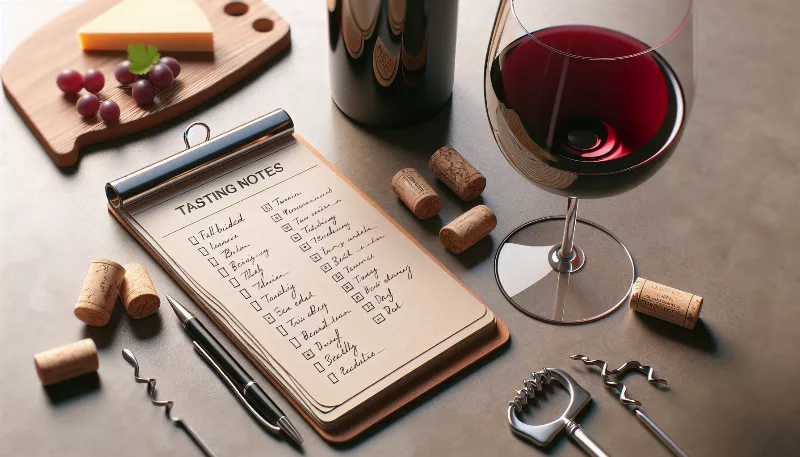
Embark on a Sensory Journey
Are you ready to swirl, sniff, and sip your way through the fascinating world of red wine? As you venture into this realm, you'll encounter a colorful tapestry of terms that aficionados use to describe their experiences. Understanding these terms not only enhances your appreciation of each glass but also empowers you to articulate your own perceptions with confidence. Let's uncork the bottle and explore some of the most common red wine tasting terms and their meanings!
Aroma vs. Bouquet: The Nose Knows
When you first bring your nose close to a glass of red wine, you're greeted by its aroma, the primary natural scents derived from the grape variety itself. These can range from fruity to floral, herbal to spicy. As the wine ages, it develops a bouquet, a more complex profile that includes secondary notes from fermentation and tertiary ones from maturation, such as oak influence or bottle aging. Together, aroma and bouquet create a symphony for the senses, revealing the wine's character and evolution.
Body: The Weight of Wine on Your Palate
The term body refers to the weight and fullness of a wine as it sits on your palate. Imagine the difference between skim milk, whole milk, and cream—that's akin to experiencing light-bodied, medium-bodied, and full-bodied wines, respectively. Factors like alcohol content, sugar levels, and tannin structure all contribute to a wine's body, influencing how rich or light it feels in your mouth.
Tannins: The Textural Twist
Tannins are naturally occurring compounds found in grape skins, seeds, and stems, as well as in the wood barrels used for aging. They impart a textural sensation often described as astringent or drying, similar to the feeling of drinking strong black tea. Tannins are crucial for the structure and ageability of red wines, adding complexity and depth. A wine with 'high tannins' will have a more pronounced textural grip, while 'soft tannins' indicate a smoother, more velvety feel.
Acidity: The Zesty Backbone
Acidity is the backbone of any wine, providing freshness and balance. It's what makes your mouth water and readies your palate for the next bite of food or sip of wine. In red wines, the right level of acidity can lift the flavors and extend the finish, making the wine feel more vibrant and lively. Descriptors like 'crisp,' 'tart,' or 'bright' often point to the presence of refreshing acidity.
Finish: The Lasting Impression
After you swallow a sip of wine, the flavors and sensations that linger on your palate are referred to as the finish. A 'short finish' might vanish quickly, while a 'long finish' indicates that the taste persists, continuing to evolve and delight. A long, pleasant finish is generally a sign of a high-quality wine, leaving a memorable impression that invites you to reflect on the complexity and harmony of the flavors you've just experienced.
Complexity: The Multilayered Mosaic
Complexity in a wine is the interplay of aromas, flavors, and textures that unfold as you taste. A complex wine will reveal multiple layers, changing and developing in the glass over time. It's the difference between a simple melody and a full orchestral piece—each sip brings new notes to the forefront, creating a rich and engaging experience that captivates the senses.
Balance: The Art of Equilibrium
The ultimate goal in winemaking is achieving balance, where all the elements—fruit, acidity, tannins, alcohol, and oak—are in harmony. A balanced wine doesn't have any one component overpowering the others; instead, they work together seamlessly, creating a well-rounded and pleasing experience. When a wine is described as 'well-balanced,' it's a high compliment, indicating that the winemaker has artfully crafted a wine where everything is in its perfect place.
With this glossary of red wine tasting terms at your fingertips, you're well-equipped to dive into discussions with fellow enthusiasts and share your own tasting adventures. So raise your glass, savor the moment, and let the language of wine deepen your enjoyment of every sip!
